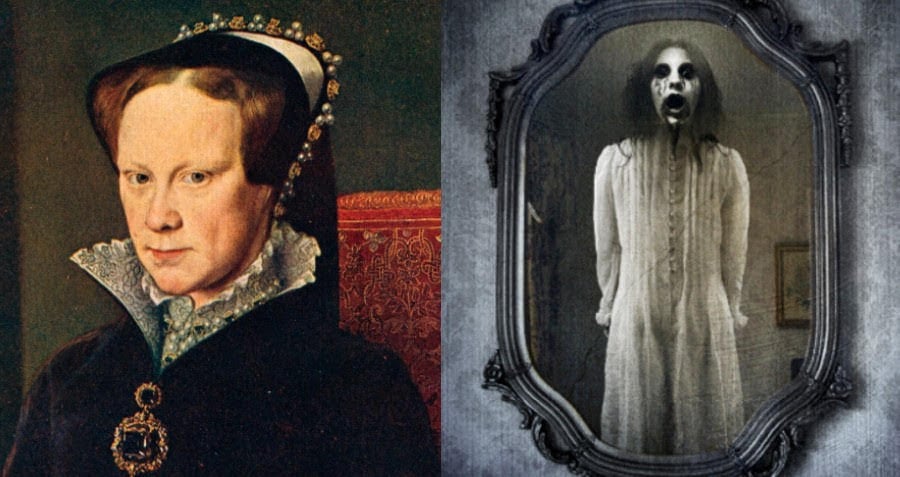
A murderous spirit said to appear in the mirror when her name is chanted, Bloody Mary may be inspired by the infamous Tudor Queen Mary I of England.
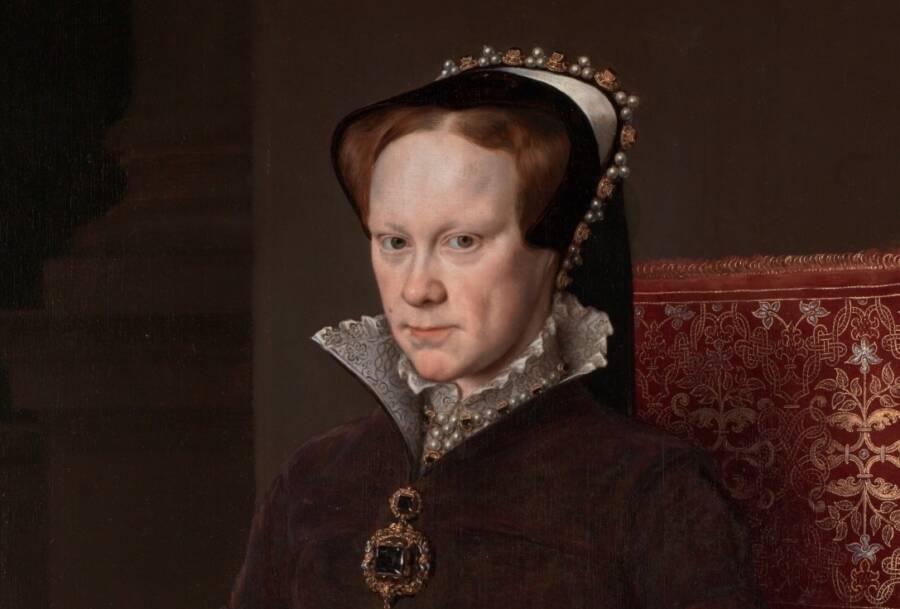
Wikimedia CommonsFrom Queen Mary I of England (pictured) to the American “witch” Mary Worth, the real origins of the murderous spirit Bloody Mary have long been hotly debated. And to this day, people still wonder who Bloody Mary really is.
As the legend goes, Bloody Mary is easy to summon. All you have to do is stand in a dimly lit bathroom, stare into the mirror, and chant her name 13 times. “Bloody Mary, Bloody Mary, Bloody Mary, Bloody Mary…”
Then, if all goes according to plan, a ghostly woman should appear in the mirror. Bloody Mary is sometimes alone and other times holding a dead baby. Often, legend states, she’ll do nothing but stare. But occasionally, she’ll leap from the glass and scratch or even kill her summoner.
But is the legend of Bloody Mary based on a real person? And if so, who?
Listen above to the History Uncovered podcast, episode 49: Bloody Mary, also available on iTunes and Spotify.
While the Bloody Mary story may be fabricated, there are possible figures from history who might be the “real” Bloody Mary. They include Queen Mary I of England, who has been called Bloody Mary for centuries, as well as a murderous Hungarian noblewoman and an evil witch who killed children.
The Person Behind The Real Bloody Mary Story
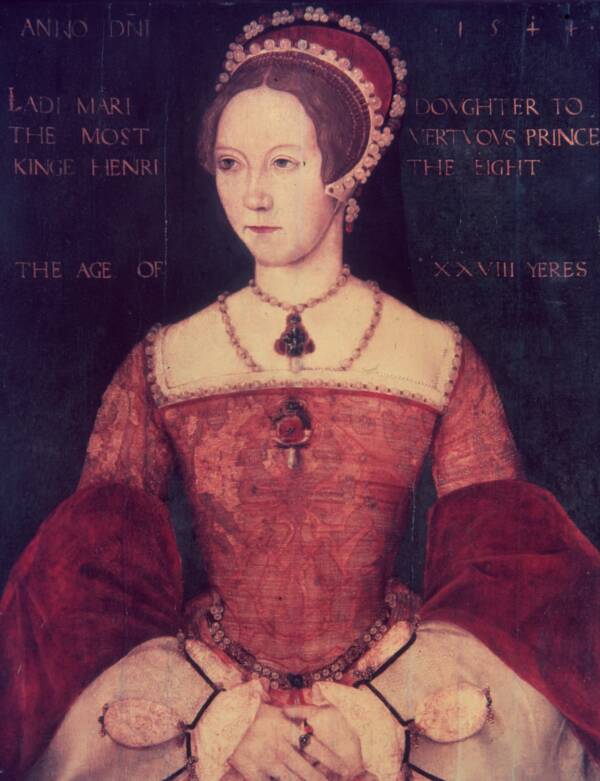
Hulton Archive/Getty ImagesMary Tudor at the age of 28, long before she was called “Bloody Mary.”
Some believe that the Bloody Mary legend is directly tied to the queen who bore the same nickname. Queen Mary I of England became known as Bloody Mary because she burned about 280 Protestants alive during her reign.
Born on February 18, 1516, in the Greenwich Palace in London, England, to Henry VIII and Catherine of Aragon, Mary seemed an unlikely candidate to be queen, let alone a “bloody” one. Her father deeply desired a male heir and spent Mary’s childhood doing whatever it took to get one.
Indeed, Mary’s early years were largely defined by Henry’s determination to have a son. When she was a teenager, the king scandalized Europe by declaring his marriage to Mary’s mother illegal and incestuous — because she had been briefly married to his brother — and his intention to marry Anne Boleyn. He divorced Catherine, married Anne, and tore England away from the Catholic Church, establishing the Church of England instead.
According to the Smithsonian Magazine, Mary was declared illegitimate, made a “lady” instead of a “princess,” and separated from her mother. She stubbornly refused to acknowledge that her parents’ marriage had been made illegal, or that her father was the head of the Church of England.
Over the years, Mary watched as her father married again and again. After executing Anne Boleyn, he married Jane Seymour, who died in childbirth. Henry’s fourth marriage to Anne of Cleves was short-lived and ended in divorce, and he executed his fifth wife, Catherine Howard, on trumped-up charges. Only Henry’s sixth wife, Catherine Parr, outlived him. But Henry had gotten what he wanted. Jane Seymour had a son, Edward VI.
When Edward VI died just six years into his reign, he tried to ensure that power passed to his Protestant cousin, Lady Jane Gray. But Mary seized her opportunity and led an army into London in 1553. A groundswell of support put her on the throne and Lady Jane Gray on the executioner’s block. As queen, however, Mary I developed her “Bloody Mary” reputation.
Is Bloody Mary Real? How The Queen’s Story Ties Into This Disturbing Legend
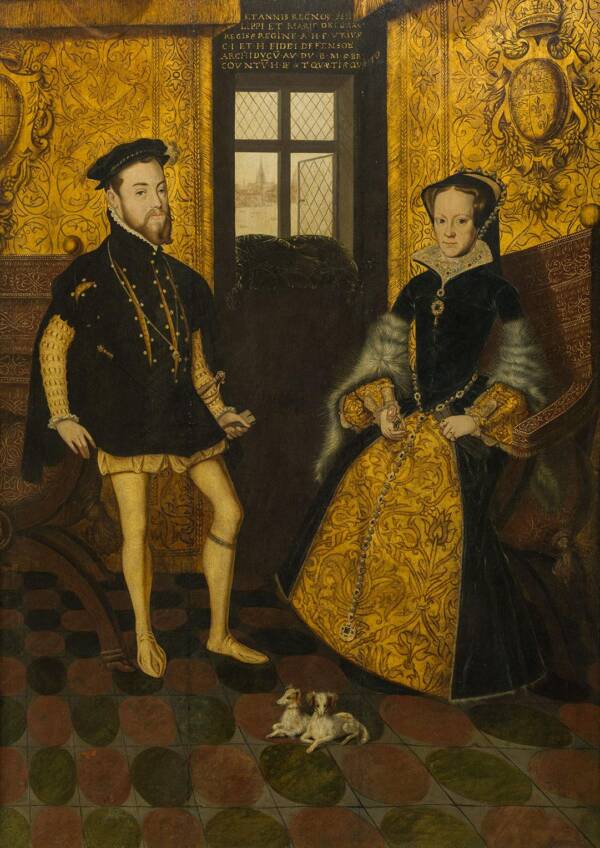
National Maritime MuseumKnown for her tumultuous life story, “Bloody” Mary I also had an unhappy, loveless marriage with Philip II.
As queen, one of Mary’s most urgent priorities was returning England to the Catholic Church. She married Philip II of Spain, quashed a Protestant rebellion, and reversed many of her father and half-brother’s anti-Catholic policies. In 1555, she went one step further by reviving a law called heretico comburendo, which punished heretics by burning them at the stake.
According to the Smithsonian, Mary hoped the executions would be a “short, sharp shock” and that they would encourage Protestants to return to the Catholic Church. She thought just a couple of executions would do the trick, telling her advisors that the executions should be “so used that the people might well perceive them not to be condemned without just occasion, whereby they shall both understand the truth and beware to do the like.”
But Protestants were undeterred. And for three years, from 1555 until Mary’s death in 1558, almost 300 of them were burned alive at her command. The victims included prominent religious figures like Thomas Cranmer, the archbishop of Canterbury, and bishops Hugh Latimer and Nicholas Ridley, as well as scores of normal citizens, most of whom were poor.

Foxe’s Book of Martyrs (1563)/Wikimedia CommonsA depiction of Thomas Cranmer being burned alive.
As History notes, the Protestants’ deaths were meticulously recorded by a Protestant named John Foxe. In his 1563 book The Actes and Monuments, also known as Foxe’s Book of Martyrs, he described the deaths of Protestant martyrs throughout history, complete with illustrations.
“Then brought they a fagot kindled with fyre, and layd the same downe at D[octor]. Ridleyes feete,” Foxe wrote of Ridley and Latimer’s brutal executions. “To whom M. Latymer spake in this maner: ‘Be of good comfort M[aster]. Ridley, and play the man: we shall this day lyght such a candle by Gods grace in England, as (I trust) shall neuer be put out.’”
Mary’s scourge of Protestants left a lasting legacy. After her death, it earned the queen the nickname “Bloody Mary.” But that’s not the only reason why some believe that Queen Mary I is linked to the legendary Bloody Mary story.
The Tragic Pregnancy Of Queen Mary I
Alleged Bloody Mary sightings in the mirror often describe the ghost as having a baby or looking for a baby. In some versions of the tale, summoners can taunt Bloody Mary by saying, “I stole your baby,” or “I killed your baby.” And there’s a reason why that refrain would get under Queen Mary I’s skin.
Alongside burning Protestants, Mary had another priority — getting pregnant. Thirty-seven years old when she took power, Mary was determined to produce an heir during her reign. But things took a strange twist.
Though she announced that she was pregnant just two months after marrying Philip — and by all conceivable measures appeared to be pregnant — Mary’s due date came and went without a baby.
According to Refinery29, rumors spread in the French court that Mary had “been delivered of a mole, or lump of flesh.” Possibly, she had a molar pregnancy, a complication known as a hydatidiform mole.
When Mary died in 1558 at the age of 42, possibly from uterine or ovarian cancer, she died without a child. So, her Protestant half-sister, Elizabeth, took power instead, cementing Protestantism’s place in England.
Meanwhile, Mary’s enemies made sure that she became known as “Bloody Mary.” Though the Smithsonian notes that her father had ordered the deaths of as many as 72,000 of his subjects, and her sister went on to hang, draw, and quarter 183 Catholics, Mary was the only one deemed “Bloody.”
Her reputation could have come from sexism, or simply the fact that she was a Catholic queen in a largely Protestant nation. Either way, the “Bloody Mary” nickname tied Mary to the urban legend. But there are a couple of other women who might have inspired the Bloody Mary story as well.
Other Possible Inspirations For Bloody Mary
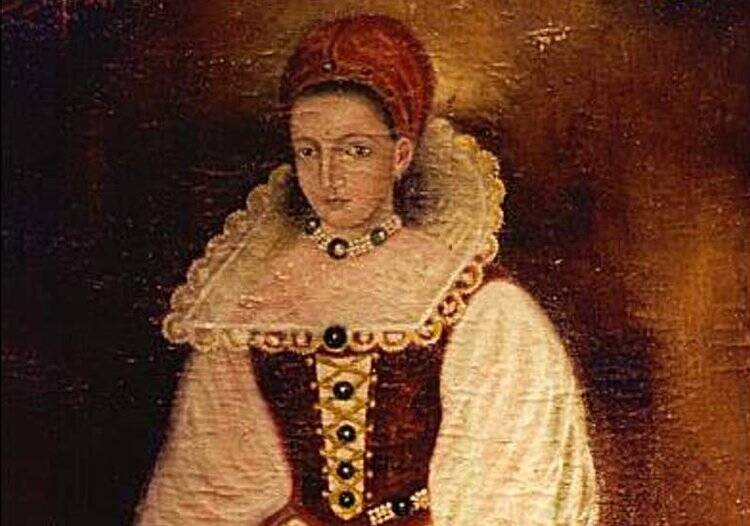
Wikimedia CommonsA late 16th-century copy of the now-lost portrait of Elizabeth Bathory, painted in 1585.
Besides Queen Mary I of England, there are two other main women who some say inspired the Bloody Mary story. The first is Mary Worth, a mysterious witch, and the second is Elizabeth Bathory, a Hungarian noblewoman who allegedly killed hundreds of girls and young women.
Details about Mary Worth are hazy, including whether or not she existed at all. Haunted Rooms describes her as a witch who allegedly put children under her spell, kidnapped them, murdered them, and then used their blood to stay youthful. And when people in her town found out, they reportedly tied her to a stake and burned her alive. Then, Mary Worth screamed that if they dared say her name in the mirror, she would haunt them.
The Lake County Journal, however, writes that Mary Worth was a local of Wadsworth, Illinois, who was part of the “reverse underground railroad.”
“She’d bring in slaves under false pretenses to send them back down south and make some money,” Bob Jensen, a paranormal investigator and the leader of Lake County’s Ghostland Society, told the Lake County Journal.
Jensen explained that Mary Worth also tortured and killed escaped slaves as part of her “witchy” rituals. Eventually, the local townspeople found out and killed her, either by burning her at the stake or by lynching her.
But while Mary Worth’s existence seems debatable, Elizabeth Bathory was very real. A Hungarian noblewoman, she was charged with killing at least 80 girls and young women between 1590 and 1610. Rumors spread that she subjected them to sickening torture, sewing their lips shut, beating them with clubs, and burning them with hot irons. Allegedly, she even bathed in their blood in order to maintain a youthful appearance.
What’s more, one witness claimed during Bathory’s trial that they’d seen a diary in which Bathory recorded her victims. There were not 80 names on the list — but 650. For that reason, Bathory seems like a fair candidate to be Bloody Mary. All that said, her defenders argue that the charges against her were fabricated because the king owed her late husband debts.
In any case, the true identity of Bloody Mary is murky. The myth could be based on Queen Mary I, the real “Bloody Mary,” or other contenders like Mary Worth or Elizabeth Bathory. But no matter who Bloody Mary might be based on, she belongs to one of the most enduring urban legends of all time.